Twenty years ago, a journey began with the acquisition of an amateur radio license. The excitement of setting up the first radio and tuning it to the local 2m repeater was quickly overshadowed by an overwhelming sense of anxiety. Questions filled the mind: What do I talk about? How does my call sign go again? Is it mine or is it the other station’s? What’s the correct etiquette? How do I call CQ? What if I mess up?
If these thoughts sound familiar, rest assured you are not alone. Mike fright is a common experience among new and even seasoned ham radio operators. The thought of speaking on frequencies that can be heard by anyone, even worldwide, can be daunting. Here are some strategies to overcome this anxiety and gain the confidence to pick up the microphone and call CQ.
Understanding Mike Fright
Mike fright is a natural response. Our bodies often perceive speaking in a new or public setting as a form of exposure. This fear is tied to our fear of judgment or making mistakes in front of others. However, understanding that even the most experienced operators once felt the same jitters can be reassuring.
Preparation is Key
Gaining confidence on the air starts with preparation. Here are some steps to help:
-
Familiarize Yourself with Your Equipment: Knowing how to operate your radio confidently can significantly reduce anxiety. Learn about the different functions and operations of your radio. For instance, know how to adjust and position your microphone for clear audio. Practice holding or positioning it at the right distance from your mouth (about 6 to 8 inches).
-
Prepare a Script: Before getting on the air, it’s helpful to prepare a script or at least bullet points of what you want to say. This can provide a clear structure and help you stay on track during your transmission. If you ever get stuck, talk about the weather—ham radio operators love discussing the weather!
-
Practice Makes Perfect: Record yourself and listen to the playback to identify areas for improvement, such as enunciation, pacing, and tone.
Call Sign Tips
When it comes to call signs, here’s a helpful tip: Write down the following and have it handy when you plan to get on the air:
- Their call sign
- Your call sign
- Signal report
Also, write down your call sign in its phonetic form. You can print out the phonetic alphabet and keep it handy. This will help when you’re trying to listen for call signs and having something visual will assist you in understanding what call sign you’re hearing.
Listening and Learning
Listening to experienced operators on the air can provide valuable insights. Spend time tuning into different frequencies and observe how others handle their conversations. Notice how operators introduce themselves, engage in conversation, and sign off. Understanding these patterns can help you develop your own style.
Participate in Local Nets
Participating in local nets or listening sessions can be beneficial. Some of these nets are specifically meant for new operators. Search for a net or ask about any that might be happening in your local area. These structured gatherings provide a supportive environment to practice and learn from others.
Pressing the PTT Button
Once you’ve done your listening, it’s time to press that PTT button. When starting out, begin with shorter transmissions. Simple check-ins or responses allow you to get more comfortable with speaking on the air without feeling overwhelmed.
Clear Communication
When transmitting, aim to speak clearly and at a moderate pace. Rushing can make your message hard to understand and increase your anxiety. A calm and friendly tone can make both you and your listeners more comfortable.
Shift Your Focus
Focus on the message you want to convey rather than the fear of speaking. Remember, you’re connecting with others who share the same passion. Shift your focus from anxiety to the content of your message.
Visualization and Community Support
Visualization can also be a powerful tool. Picture yourself speaking with the person face to face, just as you would in a normal conversation. Engaging with ham radio clubs or online forums can provide immense support and encouragement. Being part of a community allows you to find others who share your interests and offer advice, tips, and companionship.
Seek Feedback
Don’t be afraid to ask for feedback from experienced operators. Constructive criticism can help you identify areas for improvement and build confidence. Finding a mentor within the community who can guide you, provide feedback, and share their experiences can accelerate your learning and boost your confidence.
Embrace Mistakes
Remember, everyone makes mistakes. Instead of viewing them as failures, see them as learning opportunities. Each mistake is a step towards becoming a more skilled and confident operator. Encourage yourself to focus on progress rather than perfection. Celebrate small victories and improvements, and over time, these small steps will add up to significant gains in confidence and skill.
Conclusion
Building confidence on the air takes time and practice. It’s a journey, and every step forward, no matter how small, is progress. Don’t get discouraged by mistakes; use them as learning opportunities. Surround yourself with supportive individuals and keep practicing. With the tips discussed, you’ll be well on your way to becoming a confident ham radio operator. Keep practicing, stay patient, and believe in your ability to improve.

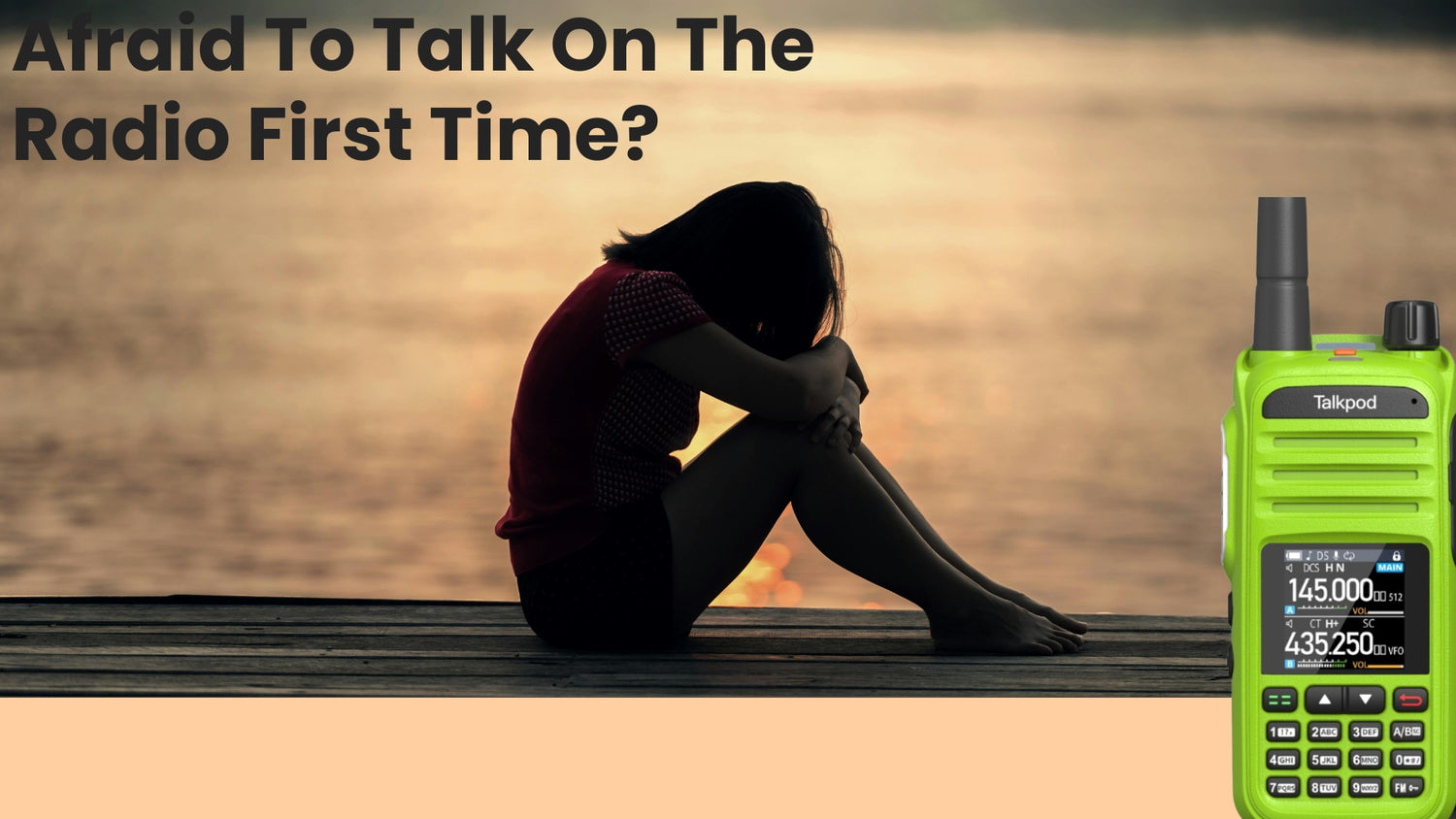


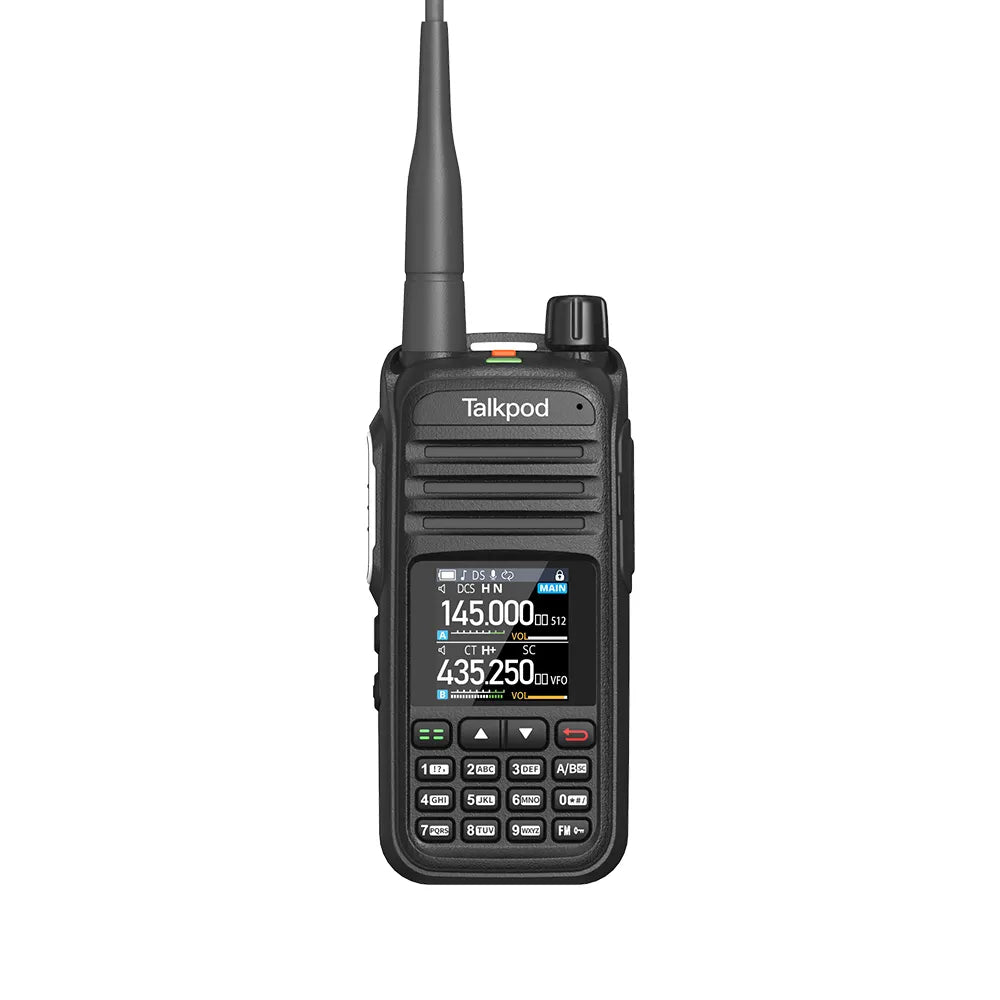
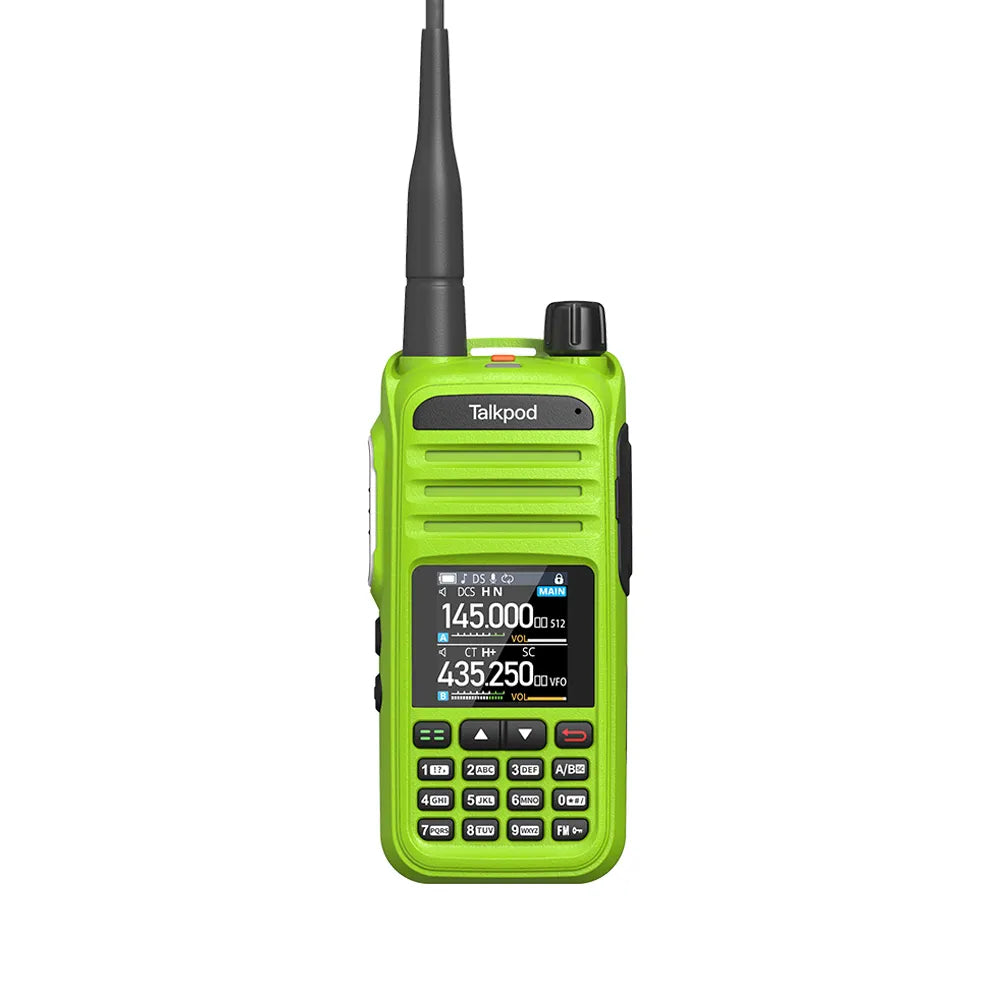


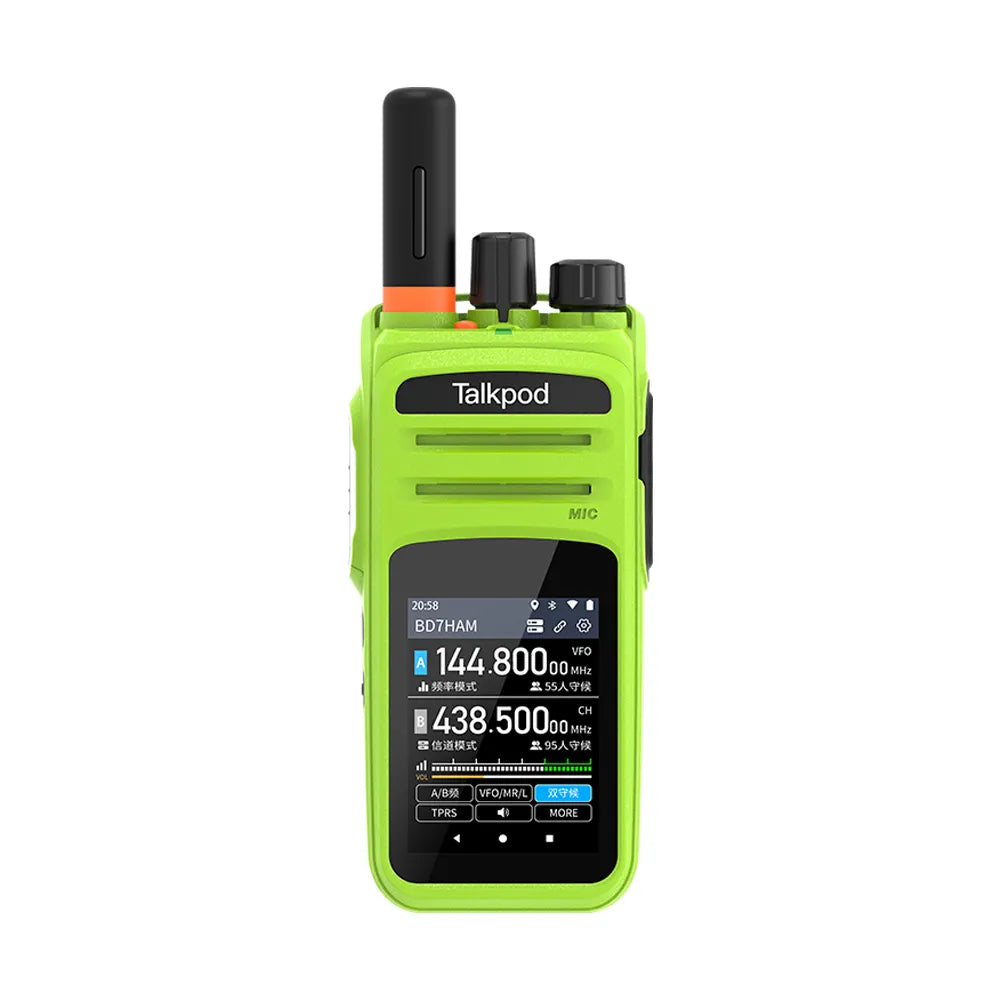
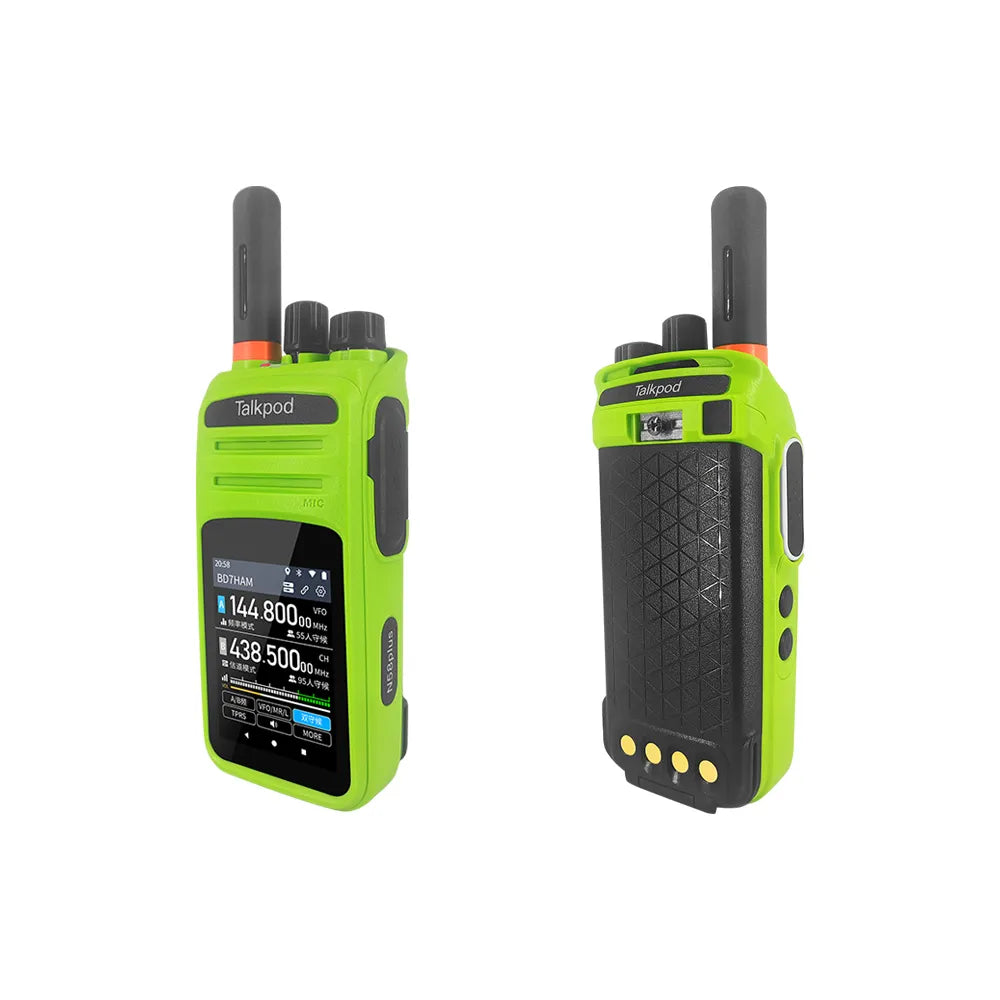
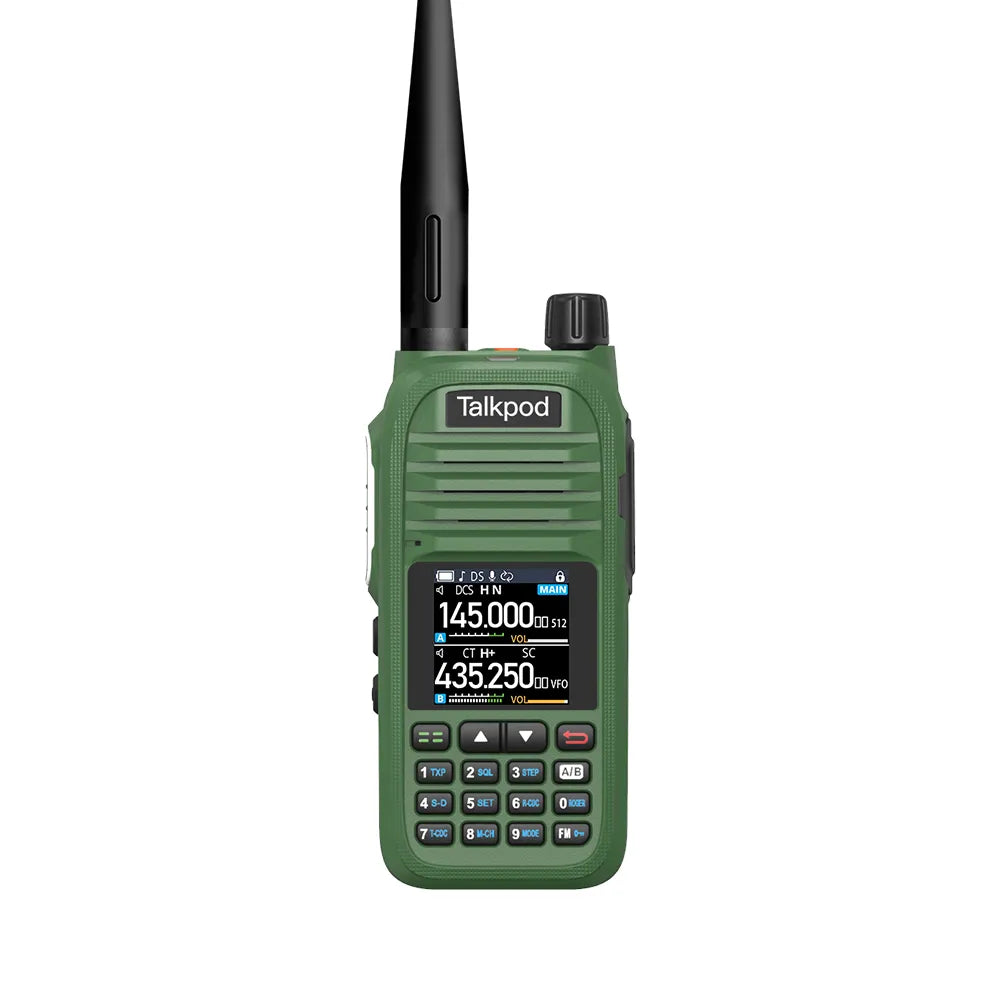
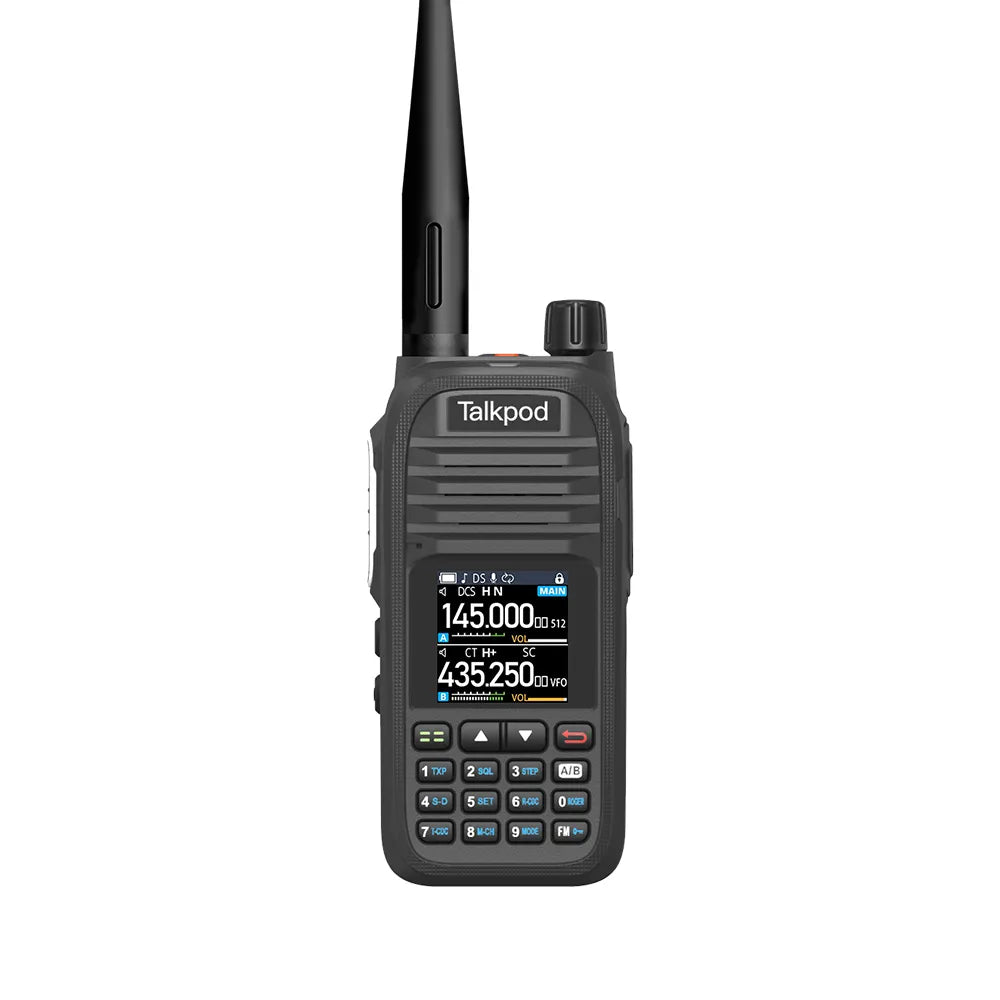
Leave a comment
All comments are moderated before being published.
This site is protected by hCaptcha and the hCaptcha Privacy Policy and Terms of Service apply.